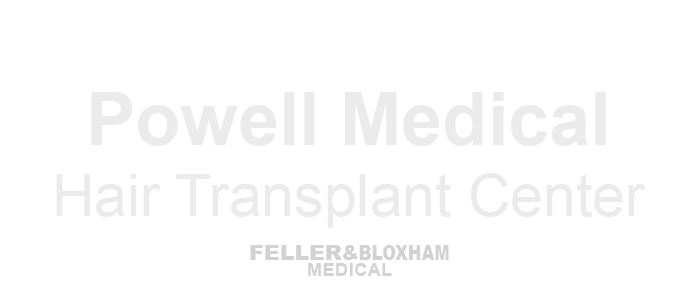
Minoxidil
Minoxidil, also sold as Rogaine, is the other FDA-approved medical treatment for hair loss and is available over the counter in liquid and foam preparations. It is not well understood how this treatment works, but it is thought to improve blood flow to the follicle, shifting hair follicles into the anagen phase and thereby improving growth. Its use in hair loss treatment was discovered by accident when this oral therapy, originally used for hypertension, was found to have the side effect of enhanced hair growth on the scalp and body. Treatment is not effective on areas that are already bald but is effective for someone starting to go bald to maintain the hair they have for longer. It is most effective at the crown and mid-scalp areas of the scalp. This treatment requires a religious application twice daily. Minoxidil’s beneficial effect on hair growth is temporary and completely vanishes when treatment is stopped. Continuous use for at least six months is necessary to see any improvement. Minoxidil’s effect stabilizes at 12 to 18 months. Unlike finasteride, this medication does not affect the hormonal process that causes male pattern baldness. Topical minoxidil is the only FDA-approved treatment for female pattern hair loss.
Not everyone benefits from minoxidil. 30-40% of those who use it experienced cosmetically significant results. The best results are seen when balding affects the crown of the head and when started earlier on when the balding process began. Drugs like minoxidil and finasteride only slow down hair loss; they do not regrow hair. And since they only work to pause the hair loss, stopping treatment loses any positive effects.
Minoxidil’s most common side effects include scalp dryness, irritation, and itching. Systemic symptoms such as rapid heartbeat, dizziness, and swelling of hands and feet are not as common. Oral minoxidil pills are also being used as an “off-label” treatment for hair loss. However, side effects using the pill form can be more significant than topical.
